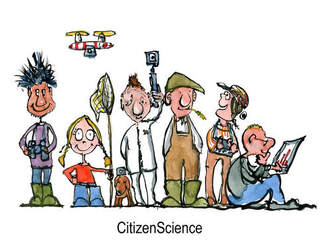
Facebook has its problems, but it has some good points as well. For instance, where else can you find countless pages and groups catering to a mixed plethora of interests?
Over the past 15+ years, I’ve encountered and befriended wonderful folks who share my same autoimmune disorder (ITP), who are fellow authors and writers, as well as those who are just as passionate about nature and conservation as I am.
A positive side effect of belonging to various Facebook groups is learning new stuff. I can’t begin to list all the things I’ve picked up over the past decade and a half dealing with my weird blood disorder, as well as writing and publishing books and articles.
A few years ago, I added conservation-related groups to my line-up. I’d discovered that pollinator populations and their native habitats were declining at an alarming rate, and I wanted to do more than just write articles about it. I wanted to actively restore nature to where it needed to be.
I knew the fundamental theory – the what – yet was absolutely clueless about the how – identifying the native plants in my region. However, that was not an impossible task. I love researching new and interesting topics, and learning about the indigenous flora and fauna was absolutely fascinating. In addition to talking with conservationists, I also joined some Facebook groups. Scrolling through the lovely photographs of native plants and insects, reading fact sheets, and learning about others’ experiences has helped me tremendously.
One of the things that intrigued me the most was how science ties in with conservation. The reason we know so much about the symbiotic relationship between native vegetation and wildlife is because of controlled experiments and scientific studies. Even before pesticides, habitat loss, and climate change began impacting the natural world, scientists were observing and learning about the other types of life we share this planet with.
They still are, but it’s no longer just scientists doing all the work. Now ordinary people like you and I can participate.
Share Your Knowledge
Many people I’ve met in Facebook groups have years of experience working with native plants and insects and gladly share their knowledge with the rest of us. None of them claim to know it all, though, and are open to new ideas. Others, like myself, soak up the information and use it to learn as much as possible about this topic. The thing we all have in common is that we never stop learning.
Many other people outside of Facebook would love to be a part of the exchange, and the best way to do this is through citizen science. Just imagine the beneficial impact our combined input could have on both humanity and the environment!
As citizen scientists, we have an opportunity to participate in crucial research dedicated to providing a better understanding of environmental issues. Our experience and knowledge will prove beneficial as we research, collect, and analyze data.
The best part about it is there are no restrictions. It’s open to professionals and amateurs alike. No experience is required, so you can participate in as many or as few projects as you want. If your secret desire is to explore outerspace, then go for it!
On SciStarter, Science Near Me, or iNaturalist, there are hundreds, if not thousands, of citizen science projects ranging from archaeology and astronomy to insects and pollinators to physics and social sciences. You can spend one evening counting fireflies and the next listening to sounds from a galaxy far, far away.
The term citizen science only dates back to the 1990s. Still, the role played by residents in recording scientific data can be traced to ancient times when the early Egyptians kept careful records of nearly everything, including the annual flooding of the Nile River and the resulting variations in harvests. Likewise, Chinese farmers have kept track of the destructive migratory locusts for the past 2000 years and will continue as long as necessary.
Benefits of Participating in Citizen Science
So the concept isn’t new, but the scale and worldwide impact of the scientific research has reached phenomenal proportions, creating benefits on many levels
.
For the scientific community:
- Having a diverse group of participants conducting research in differing regions and conditions makes the results more representative of the whole picture.
- Plus, having many people working on the project concurrently shortens the time needed to complete the study.
For the participants:
- Data suggests that participating in scientific research helps improve literacy and understanding in both adults and children.
- It helps develop critical thinking skills applied to daily activities and broadens interests in new subjects people would have never considered investigating before.
- It’s also a fantastic way to spend time with your family doing something you can all enjoy and learn something new at the same time.
So give citizen science a try, and in all probability, you’ll be hooked!

- What is in my Backyard? encourages people to explore the wildlife, flora, and fauna in their backyard and discover the diversity of plants and animals right outside their door. Take a picture and add a common name. Then try to learn more and add its scientific name.
- The Great Sunflower Project has three programs. (1) The Safe Gardens for Pollinators program uses data collected on Lemon Queen sunflowers to examine the effects of pesticides on pollinators. (2) The Pollinator Friendly Plants program is designed to identify the key plants to support healthy pollinator communities. (3) The Great Pollinator Habitat Challenge allows citizen scientists to evaluate and improve gardens, parks, and other green spaces for pollinators.
- You can take a Cicada Safari where you search for cicadas, photograph them with your phone, and submit the data for verification.
- Relive your childhood memories of chasing fireflies and combine them with scientific research by spending 15 minutes per night counting the male/female fireflies in your yard. Firefly Watch is another fun project for the family to do together.
- I See Change is interested in what you see change in your backyard, neighborhood, and city. It is essential to our understanding of how climate change and weather affect our communities. Your observations and insights can help scientists, engineers, and local organizations advocate for and create solutions to climate challenges.
- Bumble Bee Watch is a collaborative effort to track and conserve North America’s bumble bees. Photographing and providing details of where the bumble bee was found helps researchers determine the status and conservation needs of bumble bees.

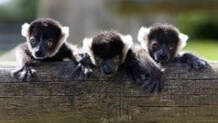
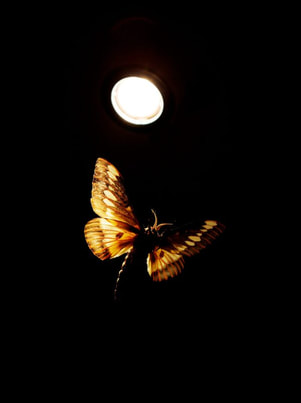
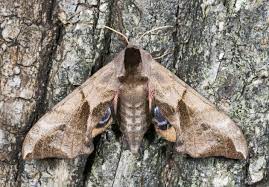
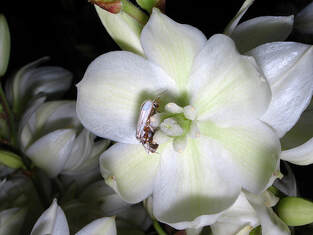
 RSS Feed
RSS Feed

